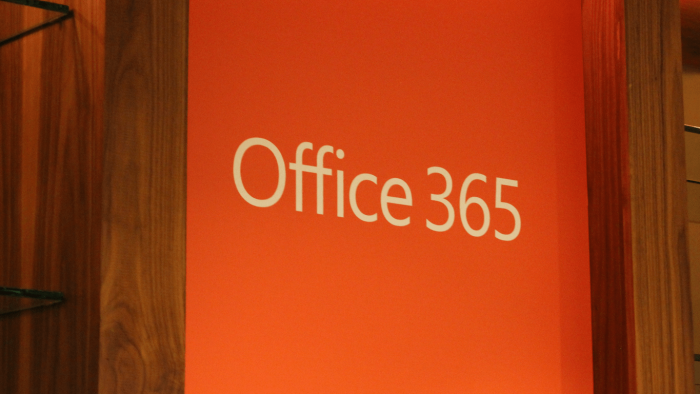While many are still lamenting Microsoft’s perceived departure from the “exciting” portions of the hardware and software consumer space, the company is quietly making gains with consumers, just on a different playing field.
As ZDNet writer Mary Jo Foley reports, Microsoft’s Office 365 is running ahead of projected adoption numbers according to company executives.
“Currently, according to Microsoft, more than half of all commercial (business) Office users are using Office 365 rather than standalone/perpetual Office. But during some point in the company’s fiscal 2019 (which kicks off on July 1, 2018), Microsoft is expecting two-thirds of its business Office customers will be using Office 365. “
These bold statements aren’t just posturing from executives related to Office, this prediction comes from Rajesh Jha, the executive vice president of Microsoft’s Office Product Group. Along with Jha’s top level in the Office division, Foley reports that he also maintains a seat in Microsoft’s Senior Leadership Team, which appears to be some sort of King Arthur-like roundtable for widespread company influence.
Jha explains that the adoption rate is running a year ahead of the company’s projected schedule for customer transitions.
“We are running about a year ahead of where we thought we would be two years ago. Internally we think we’re running about a year ahead of the customer transition.”
Perhaps, Office 365 good fortunes are having a ripple effect among Microsoft’s Exchange and Outlook users as Jha also believes that 70 percent of those customers will be using the cloud versions of those offerings by fiscal 2019. For Microsoft, fiscal 2019 starts next July, 2018, so within a year, the company’s transition to the cloud should be further evident and supported by larger customer adoption.
Shifting gears just a bit, Jha also spoke to Microsoft’s plans with its recent LinkedIn acquisition. Predictably, the phrase integration was used heavily but Jha also offered a few details about how Microsoft plans to strengthen ties with LinkedIn.
Items such as enabling customers to “know the meetings, the trending documents, the people you work with as well as combining Microsoft Word and LinkedIn Web services, are all projects the public can expect to see in the near future.
Microsoft preached the importance of Office 365 becoming a platform a couple of years ago during its developer conference and we’re now seeing how the company has successfully transformed the software and turned that platform into a starting point to its big cloud-based ambitions.




